The microwave oven is a monumental technological achievement that's saved college students and single people from starvation for decades. Almost 97% of all American households have one, which makes it the most-owned kitchen appliance in US homes right after the refrigerator.
And it's so popular because of two main factors: it's easy and efficient. You load up your food, hit a few buttons, and wait for the oven to tell you when it's ready.
However, despite the ease and efficiency, you don't always get savory results. Rubbery cheese, overcooked patches of food, and burnt popcorn are just some of the disappointments you endure for the sake of speed—but that's only because you don't know the secret techniques to microwaving your food to perfection.
Read on and soon you'll be a microwaving genius...
#1. Steam Veggies with Uniform Pieces & Plastic Wrap
If you need cooked vegetables in a hurry, the microwave can actually be your friend. The trick is to cut veggies into the same size pieces (a little more than one-inch thick or long) and to cook vegetables together that have similar textures and cooking times (corn and peas, for instance).
Next, spread the veggies in an even layer in a microwave-safe bowl or dish, wrap it with plastic, and follow your machine's guidelines. Once the timer goes off, punch a hole in the plastic wrap to let the steam harmlessly escape. Voilà! You have perfectly steamed vegetables.
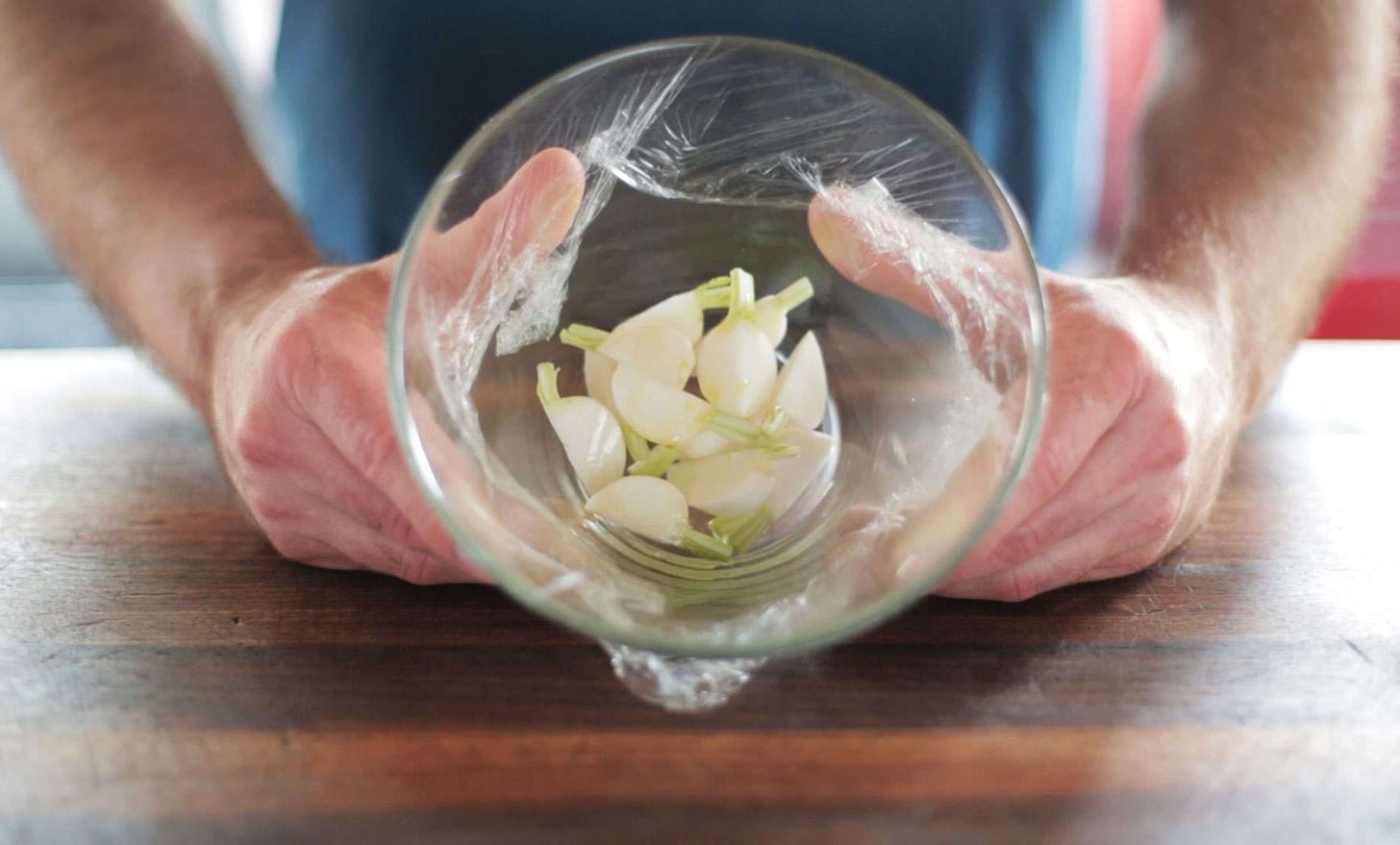
It's pretty much the same technique that those microwavable bags of veggies at your local market use, only this way is fresher. Chef Steps has more detailed instructions if you need them.
#2. Shape Your Leftovers in a Ring So They Heat Evenly
It's always disappointing to pull out a plate of microwaved leftovers only to find that it's heated unevenly. Fortunately, you can prevent this with one easy trick: form your food into a ring before nuking it. Flattening out the food so there's less volume and more surface area will help, too. This allows the radiation from the microwave to be distributed more evenly.

It's also good to put thicker pieces of food on the outside edges of the ring and thinner, smaller ones near the center so they won't overcook. This is because microwaves heat your food from the outside in.
#3. Don't Put Your Dishes in the Center
Most microwaves have hot spots and cold spots. Why? Because the actual waves that cook your food have peaks and troughs. When the peak of a wave meets another peak, it creates intense heat, frying your food. If a trough meets another trough: blammo, cold spot. That's what the rotating plate is for—to help your food travel through those areas for more even cooking.

So do your food and yourself a favor: place whatever you're heating on the edge of the rotating plate instead of dead center. That way it can travel through hot and cold spots and cook more evenly. Lifehacker points out that most newer models don't have this issue, but better safe than sorry, right?
#4. Keep Foods Moist with a Wet Paper Towel
Microwaves heat up food by bombarding the water molecules with energy. This makes them move around faster and heat up. As the water becomes steam, it can remove moisture from our food, rendering it tough and rubbery. Prevent this from happening by either wrapping or covering your food with a damp towel.

This will help retain water and keep foods moist. You can even use this technique to cook certain kinds of food such as fresh vegetables. If you don't want to waste a paper towel, you can dampen a thin, clean cloth and that'll work, too. Just make sure it doesn't have dyes or bleaches in its fibers.
#5. Nuke a Cup of Water for Even More Moisture
What if you don't have paper towels or a spare piece of cloth handy? No problem—you can still have perfectly moist food. Just place a cup of water in the microwave to heat up along with your leftovers.

The water will absorb excess microwave radiation and keep your food from overcooking. Plus, it will release steam, which will also keep your food from drying out.
#6. Make Popcorn Fluffier with Water & Manual Settings
You can keep microwave popcorn from drying out with a cup of water, too. This time, though, you need to heat a cup of water for one minute in the microwave, then immediately swap it out with the popcorn once the timer dings.
Another key tip? Don't use the preset popcorn button. Popcorn companies themselves recommend against it because power varies from microwave to microwave. Also, microwaves can't sense dropping humidity levels, which is why so many people end up with scorched popcorn.

Orville Redenbacher recommends going by sound. When there are a full 2 seconds between pops, your snack is done. Also, you might want to skip the bag altogether and put the kernels in a glass container to really ensure that your kernels are fluffy and tender.
#7. Heating Water in a Microwave Is Okay (To a Point)
Microwaves can heat distilled water to a point where it's hotter than a boil—all without forming any bubbles, which is how most people gauge that water is boiling. This phenomenon is known as superheating, which can result in an explosion of scalding hot water once it's disturbed.
To avoid this, you can do a few things: use tap water, which contains more air than distilled; use an older bowl or cup to hold your water since their surfaces usually have nicks and scratches which will help bubbles release or form; or place wooden chopsticks in the water to create nucleation points and will also allow bubbles to form.
Remember, without bubbles, the water cannot release built-up heat, which can then be released all at once upon contact with a spoon or sugar cube.
#8. Share the Microwave & Be More Efficient
Is there a line at your work's microwave oven come lunch time? Become an office hero by teaching everyone how to heat up two dishes at once. Use something that's narrow and stable (like a coffee mug or heavy drinking glass) to elevate one bowl while leaving room for the other on the turntable below.

Bonus: this will prevent either of your dishes from drying out or overcooking, but you'll probably have to check and stir the contents a couple of times (or even switch the bowls' positions) to make sure everything heats up evenly.
#9. Use a Little Tinfoil to Prevent Overcooking
Contrary to popular belief, you can actually use foil in the microwave.General Electric and Panasonic, among other manufacturers, list aluminum foil as acceptable for shielding right in their operating instructions manuals.
Thin areas of meat and poultry cook more quickly than meaty portions. To prevent overcooking, these thin areas can be shielded with strips of aluminum foil. Wooden toothpicks may be used to hold the foil in place.

It's also recommended to make sure foil is molded around food and not near walls or door of microwave as it can work like an antenna and cause arcing (sparking). Check out our other microwave-friendly guide for a more extensive explanation as to why small bits of foil (but not larger or irregularly shaped pieces of metal) are okay.
#10. Select the Proper Container
Always choose a microwave-safe container to heat your food. It should carry those words somewhere on the plate, bowl, or storage unit. If you don't have a wide, shallow container so you can spread out your leftovers in a ring as recommended in Tip #2, the next best thing is to use a round container of some kind. The corners of square-shaped containers tend to receive and store up more energy, which can cause food to overcook in these areas.

More Wonderful Microwave Hacks:
Now that you know how to use your microwave to create tasty food, learn how to use it to make better potting soil, rehabilitate mascara, dry out herbs, get more juice out of lemons, make crayons, and shuck corn faster. Just never, ever use it to reheat French fries. Don't say I didn't warn you.
Just updated your iPhone? You'll find new emoji, enhanced security, podcast transcripts, Apple Cash virtual numbers, and other useful features. There are even new additions hidden within Safari. Find out what's new and changed on your iPhone with the iOS 17.4 update.
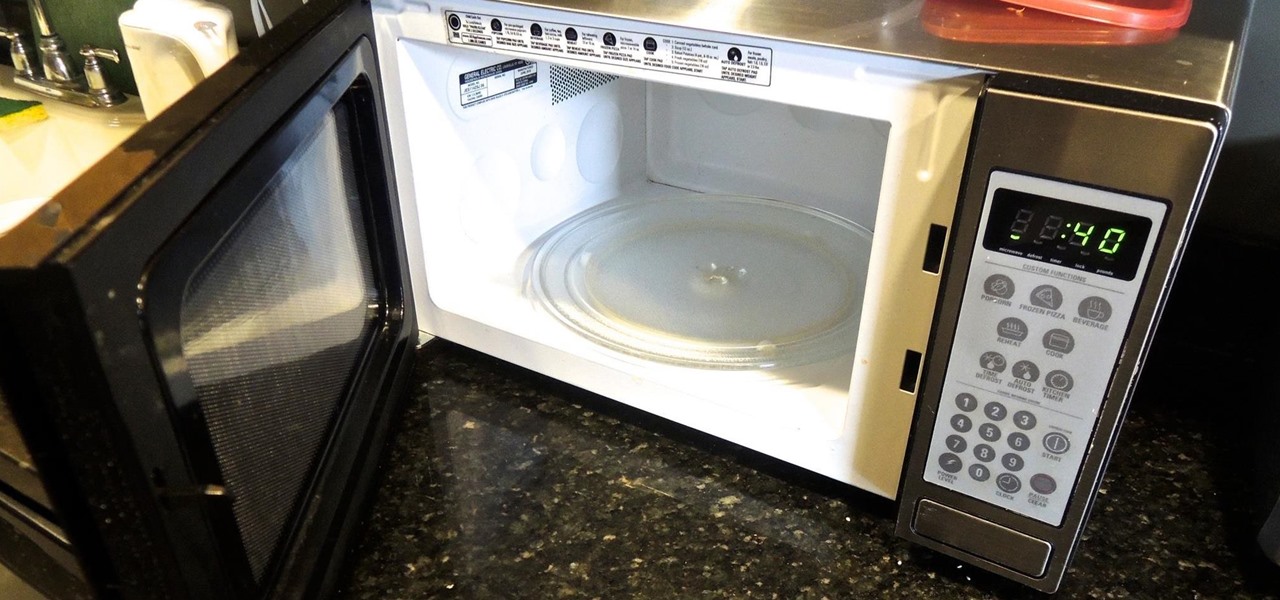


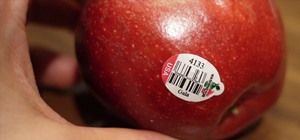




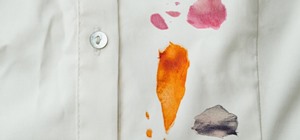

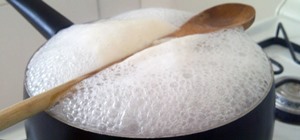
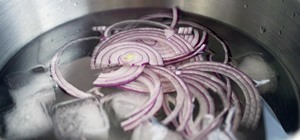
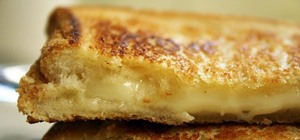
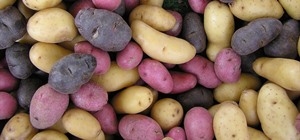
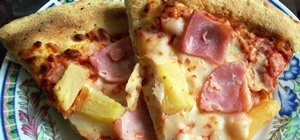
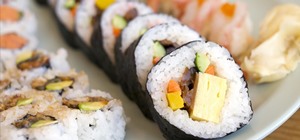
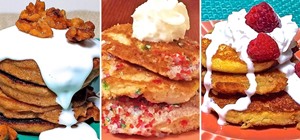
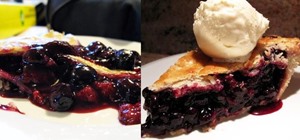





1 Comment
Cool article. Kudos to the writer
Share Your Thoughts